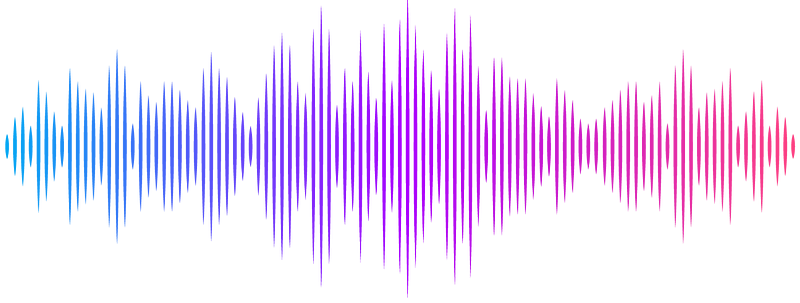Machine learning approach for mapping the stable orbits around planets

Machine learning approach for mapping the stable orbits around planets
Tiago F. L. L. Pinheiro, Rafael Sfair, Giovana Ramon
AbstractNumerical N-body simulations are commonly used to explore stability regions around exoplanets, offering insights into the possible existence of satellites and ring systems. This study aims to utilize Machine Learning (ML) techniques to generate predictive maps of stable regions surrounding a hypothetical planet. The approach can also be extended to planet-satellite systems, planetary ring systems, and other similar configurations. A dataset was generated using 10^5 numerical simulations, each incorporating nine orbital features for the planet and a test particle in a star-planet-test particle system. The simulations were classified as stable or unstable based on stability criteria, requiring particles to remain stable over a timespan equivalent to 10,000 orbital periods of the planet. Various ML algorithms were tested and fine-tuned through hyperparameter optimization to determine the most effective predictive model. Tree-based algorithms showed comparable accuracy in performance. The best-performing model, using the Extreme Gradient Boosting (XGBoost) algorithm, achieved an accuracy of 98.48%, with 94% recall and precision for stable particles and 99% for unstable particles. ML algorithms significantly reduce the computational time required for three-body simulations, operating approximately 100,000 times faster than traditional numerical methods. Predictive models can generate entire stability maps in less than a second, compared to the days required by numerical simulations. The results from the trained ML models will be made accessible through a public web interface, enabling broader scientific applications.